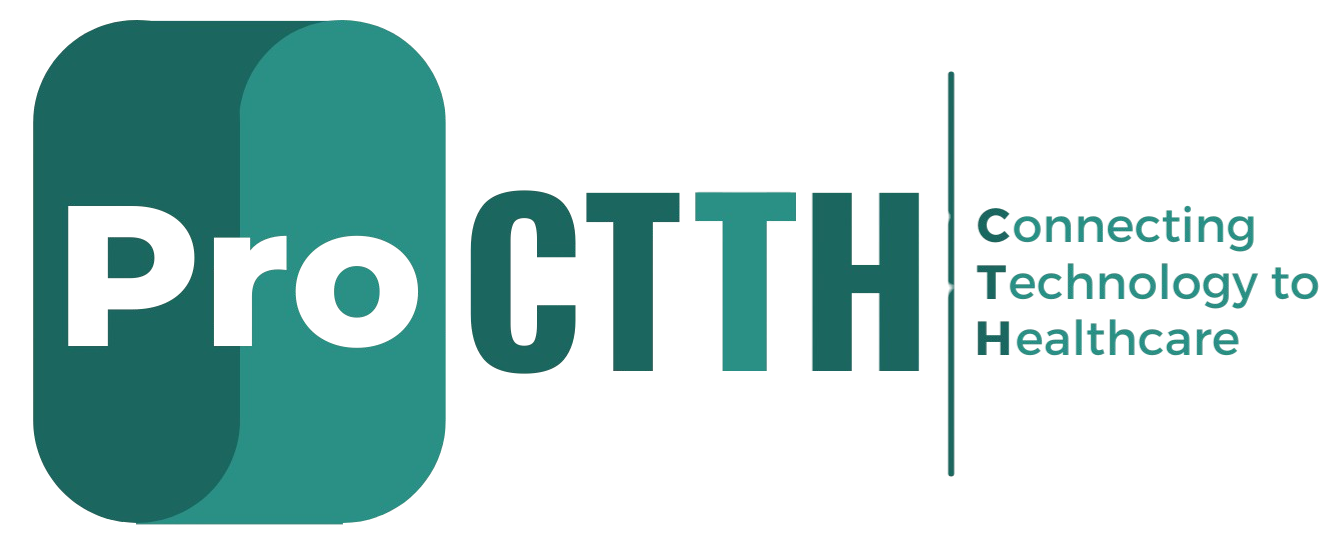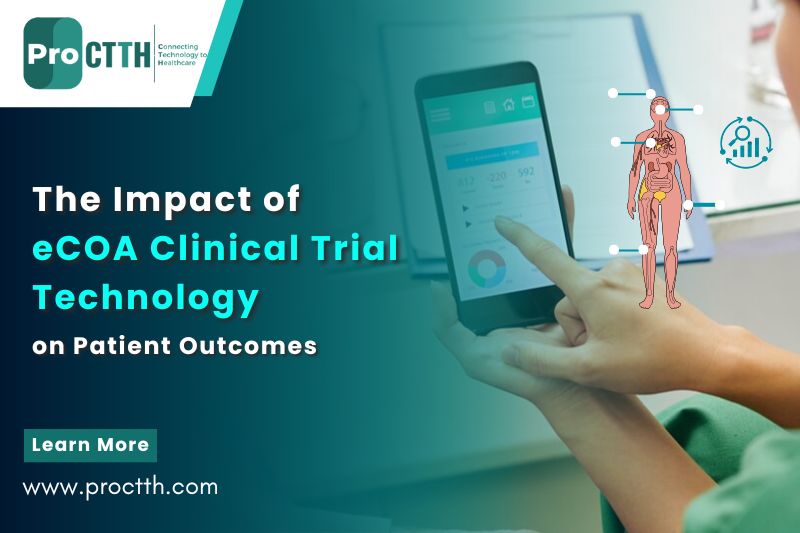Understanding eCOA Clinical Trial Technology
In the evolving landscape of clinical trials, electronic Clinical Outcome Assessments (eCOA) have
emerged as a transformative technology that enhances data collection, improves patient
engagement, and ultimately accelerates the development of new treatments. This blog explores the
significance of eCOA clinical trials technology, its advantages over traditional methods, implementation
strategies, and future trends.
What is eCOA?
eCOA refers to the digital tools used to capture patient-reported outcomes (PROs) and other clinical
data throughout a clinical trial. These tools can include mobile applications, web platforms, and
other electronic devices that allow patients, clinicians, and caregivers to report health-related
information directly. The data collected can encompass various types of outcomes, including:
- Patient-Reported Outcomes (ePRO): Information reported directly by patients about their health status.
- Clinician-Reported Outcomes (eClinRO): Data reported by healthcare providers based on their observations.
- Observer-Reported Outcomes (eObsRO): Information provided by caregivers or family members about the patient’s health.
- Performance Outcomes (ePerfO): Metrics related to the performance of patients in specific tasks or activities.
The Impact of eCOA Technology in Clinical Trials
As the sphere of clinical studies continues to advance, one of the technologies that have redefined
the process of data collection, increased patient involvement, and ultimately fast Tracks drug
development is the electronic Clinical Outcome Assessment (eCOA). This blog post examines the role
of eCOA in Clinical trials, the benefits associated with it as compared to more traditional techniques,
how eCOA can be implemented in clinical trials, and its prospects.
Defining the Scope of eCOA Clinical Trial Technology
eCOA denotes the digital devices that are designed to collect patient-reported outcomes (PROs) and
other clinical information at any time during the course of a clinical trial. Such devices can also be mobile apps, online sites or any other electronic gadget that enables patients, clinicians, and caregivers to manage health information reporting. The collected data can fall under various
categories of outcomes as outlined below:
- Patient Reported Outcomes (ePRO): Any information that patients report on directly concerning their health status.
- Clinician Reported Outcomes (eClinRO): Data collected and reported by the health practitioners regarding their scenarios.
- Observer-Reported Outcomes (eObsRO): Information reported by caregivers or other family members regarding a patient’s health.
- Performance Outcomes (ePerfO): Measurements which refer to patient’s performance during certain tasks or activities in context.
Advantages of eCOA Over Traditional Methods
With eCOA clinical trial technology, several opportunities and benefits arise as a result of the transition from assessment forms made of papers to electronically:
1.Reduced Errors and Enhanced Data Quality:
eCOA tools automatically check and validate the dataset recording meaning, there will be less chance of errors caused by human effort or manual input. As a result, it is expected that such technologies would make data collection methods more precise and trustworthy when compared to the norm of utilizing paper.
2.Improved Adherence MAð Patients:
eCOA focuses on mildly stressing participants since they can complete the evaluation through the usage of their handhelds such as mobile phones or tablets without time pressure. Mobile technology enables sending reminders or push notifications to guarantee that data is submitted on schedule.
3.Efficient Data Collection:
The eCOA system records and reviews the data almost immediately after it has been entered. This shortens the time needed for decisions that do require intervention. Real time, such insights are required to evaluate how various activities of a trial are proceeding and to address issues of compliance gradually.
4.Cost Efficiency:
Over the long term, too many substantial savings may arise primarily because their introduction would lessen the workload of data and documents management, degradation activities, and the quantity of visits to the site because there’s no need for manual input.
5.PVVMA Patients:
Usually the user friendly designs encourage patients to admit very sensitive information in private setting making the reporting more effective. Participant satisfaction is enhanced in this way while at the same time there is more involvement in the trial work.
Implementation Strategies for eCOA
In order for clinical trials to utilize eCOA clinical trial technology effectively, the following steps are important:
1.Endpoint Selection: It is vital to identify targets that need to be measured in order to devise an eCOA strategy that meets the trial requirements. Compliance with experienced eCOA providers can serve to ensure that the selected endpoints are sensitive enough to detect clinically significant changes in the relevant outcomes.
2.Study Design: Inclusive of how the questionnaires are to be administered and the frequency
of data collection. This planning phase is important in developing a framework for the what,when and how data will be collected during the trial.
3.Device Selection: It is critical to select appropriate devices for data collection. These may
include patient owned devices (BYOD), provisioned devices or web-based devices as the case may be depending on the population targeted in the trial.
4.User Acceptance Testing: such testing is important to ascertain that the eCOA system is
usable and functional across many platforms and does not require undue modifications
before full deployment. This stage assists in solving potential problems before the process
reaches more advanced stages.
5.Training and Support: In the eCOA system, it is necessary to train the participants on how to
operate the system effectively so that they can work as expected.
Technological Trends in eCOA
The prospects of eCOA clinical trial technology seem brighter as it keeps improving with the growth of digital health technologies: – Interoperability with Other Technologies: The present-future inclination
towards integrated solutions in clinical trials imply that eCOA platforms will interoperate with other
platforms such as electronic data capture (EDC) and interactive response technologies (IRT). Such
interoperability will help ensure data consistency and improve efficiency in the conduct of different
studies – Integrating Emerging eCOA Technologies: Integrating emerging eCOA clinical trial technology into designs is becoming common with the development of decentralized clinical trials. Such technologies allows patients to be recruited and retained remotely while preserving optimal standards in data collection. – Addressing Real World Issues: As regulatory agencies are pivoting towards the
endorsement of drugs based on real-world evidence, eCOA clinical trials is in a unique position of capturing patient experience outside the clinical trial settings.
Conclusion:
The most interesting thing regarding eCOA clinical trial technology is how it changes the dynamics of
data collection and management of the data from clinical trials. Drug Sponsors capitalize on the
efficiency of digital tools to improve data quality, patient compliance and reduce the overall burden
of the processes thus speeding up drug development and at the same time improves patient
orientation.
The further development of this technology will probably result in the adoption of its use in multiple
clinical trial designs, thus making the conduct and scope of research even more effective. In
conclusion, the adoption of eCOA is not detrimental to the sponsors of clinical trials only, but also
improves the experience of the trial participants ultimately improving health and the speed with
which new treatments can be brought into the market.

